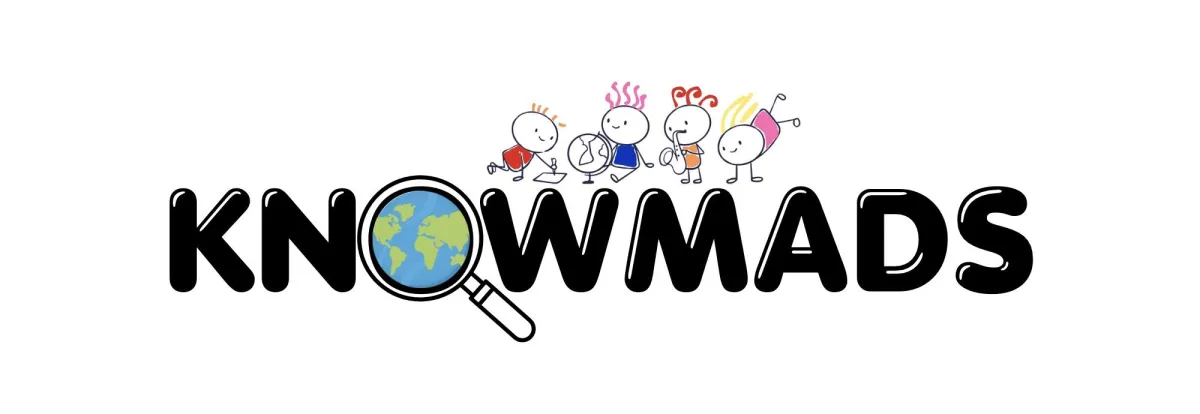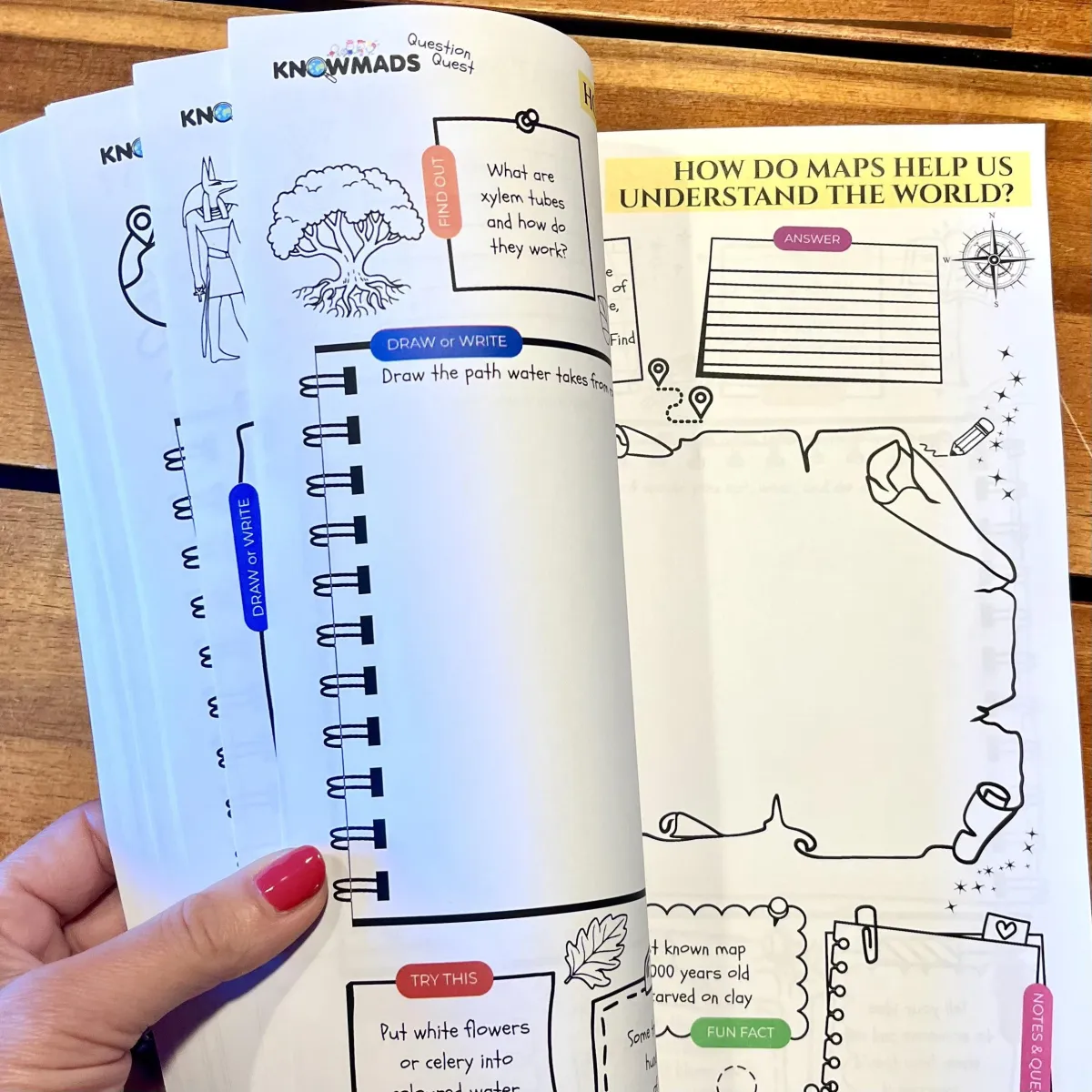
You Don't Need a Curriculum - You Need Curiosity
When I first started home-educating, I spent far too many late nights hunched over my
laptop, researching curriculum options until my eyes blurred. I was desperate to find the one — you know, that perfect curriculum that would guide us step-by-step, tell me exactly what to do, and magically turn our kitchen table into a stress-free learning wonderland.
Spoiler alert: it didn’t exist.
At first, I thought the problem was me. Maybe I just hadn’t found the right one yet. So I kept hunting. Comparing. Downloading. Printing. Colour-coding folders like my life depended on it. But instead of feeling confident and prepared, I just felt more overwhelmed. Every curriculum seemed too rigid, too dry, or too packed with busywork. And the worst part? My kids weren’t exactly bouncing with excitement to do any of it.
Eventually, after one too many tears (some theirs, some mine), I realised something that changed everything:
You don’t need a curriculum — you need curiosity.
When your child is genuinely interested in something, learning doesn’t feel like a chore.
It doesn’t need a perfectly planned lesson. It doesn’t even need a worksheet. It just happens — naturally, joyfully, and often in the most unexpected and brilliant ways.
I remember when one of my boys went through a serious Viking phase — sparked by
the How to Train Your Dragon books and films. Suddenly our house was full of shields, axes (cardboard ones, thankfully), hand-drawn maps of imaginary islands, dragon encyclopedias, and endless chatter about Norse mythology, longships, and dragon training techniques. He read every Viking book we could get from the library, recreated battles with Lego, built forts in Minecraft, and even started asking deep questions like, Did Vikings really believe in Valhalla? or Why did they go raiding in the first place?
I didn’t plan any of it. There was no Viking unit study. But it turned into a rich, immersive, and honestly magical learning experience — history, geography, reading, storytelling, art, cooking, critical thinking… all wrapped up in a dragon-scented package of pure enthusiasm.
And that’s the thing: curiosity makes learning stick.
It turns education into an adventure instead of a checklist.
Now don’t get me wrong—curriculums can be helpful. They’re great for structure, support, or covering something you might otherwise forget (hello, times tables). But they should serve you, not stress you out. They’re tools, not tyrants.
Here’s the secret I wish someone had whispered to me when I first started:
You don’t have to recreate school at home.
You don’t have to follow someone else’s timeline.
You don’t have to measure your worth by how many chapters you’ve “covered.”
You just need to follow the spark.
So if you’re sitting there right now, feeling overwhelmed and wondering if you’re “doing enough,” let me offer this encouragement:
Start with what lights your child up.
Follow their questions.
Trust that deep learning doesn’t come from ticking boxes. It comes from wonder.
Curiosity saved our home-ed days from burnout and stress.
I believe it can do the same for you.


